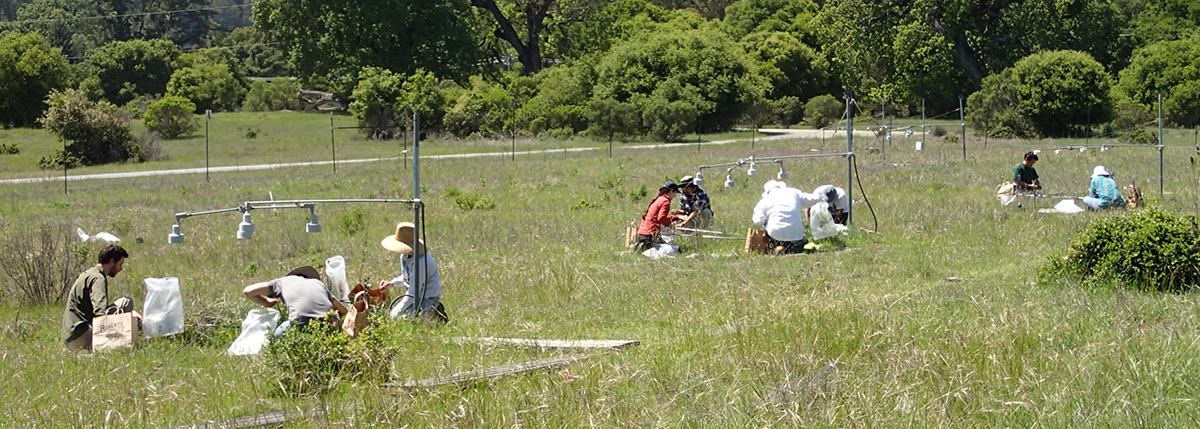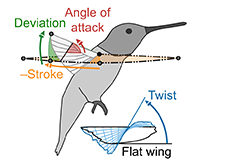Research
 Jasper Ridge is an irreplaceable natural laboratory shared by disciplines ranging from archaeology to global change, and from geophysics to yeast genetics. It is a place for studying how nature works, how humans have shaped a landscape, and how fundamental research can lead to new knowledge that has broad conservation value. In any given year, there typically are 60 to 70 studies by investigators from Stanford and other institutions. The studies range from student projects lasting one year to faculty research spanning decades.
Jasper Ridge is an irreplaceable natural laboratory shared by disciplines ranging from archaeology to global change, and from geophysics to yeast genetics. It is a place for studying how nature works, how humans have shaped a landscape, and how fundamental research can lead to new knowledge that has broad conservation value. In any given year, there typically are 60 to 70 studies by investigators from Stanford and other institutions. The studies range from student projects lasting one year to faculty research spanning decades.
Many of today’s studies build on a legacy of earlier work. The area now included within the preserve has been studied by scientists for more than a century and a half. The earliest known plant collections were made in the 1860s, four decades before the area was called Jasper Ridge. Scientific activities intensified in the 1890s with the opening of Stanford University, and have continued to grow. In total, more than 200 dissertations and theses have involved research at JRBP; since 1965, more than 500 publications have reported research at JRBP.
Landmark publications from the preserve have been cited in the scientific literature thousands of times—a measure of their impact in galvanizing whole fields of study. Four of the most cited studies illustrate the breadth of influential publications. Studies of checkerspot butterflies were seminal to the field of coevolution and advanced the unique importance of longterm research. Research in plant ecophysiology established principles of resource allocation in plants that have been confirmed globally, creating a framework for scaling ecosystem processes from individual leaves and plants to the globe. Jasper Ridge also played a key role in landscape-level approaches to conservation biology, including a framework for studying fragmented landscapes along a gradient of urbanization. A long history of remote sensing provided a testing ground for a new index of vegetation stress that became a benchmark in remote sensing. Current research at Jasper Ridge continues to advance all of these areas.
The preserve is open to any qualified investigator who proposes studies that are consistent with the Preserve's mission of research, education, and long-term resource protection. Proposed studies are evaluated on whether they:
1. Contribute to fundamental scientific knowledge through well-designed experiments whose results are intended for peer review and dissemination.
2. Contribute beyond the borders of JRBP by being part of inter-site comparisons or larger surveys.
3. Minimize impacts to JRBP ecosystems, ongoing experiments, and educational activities.
4. Are especially suited to JRBP in some way, e.g., because of site history, specific resources, ongoing studies, or links with JRBP's education or conservation missions.




